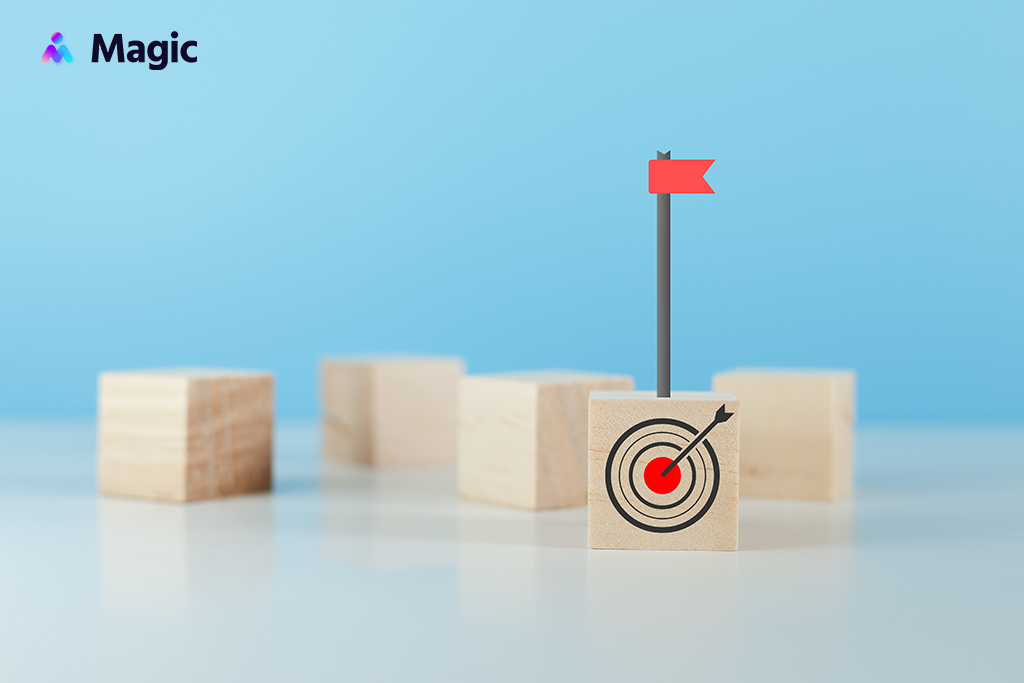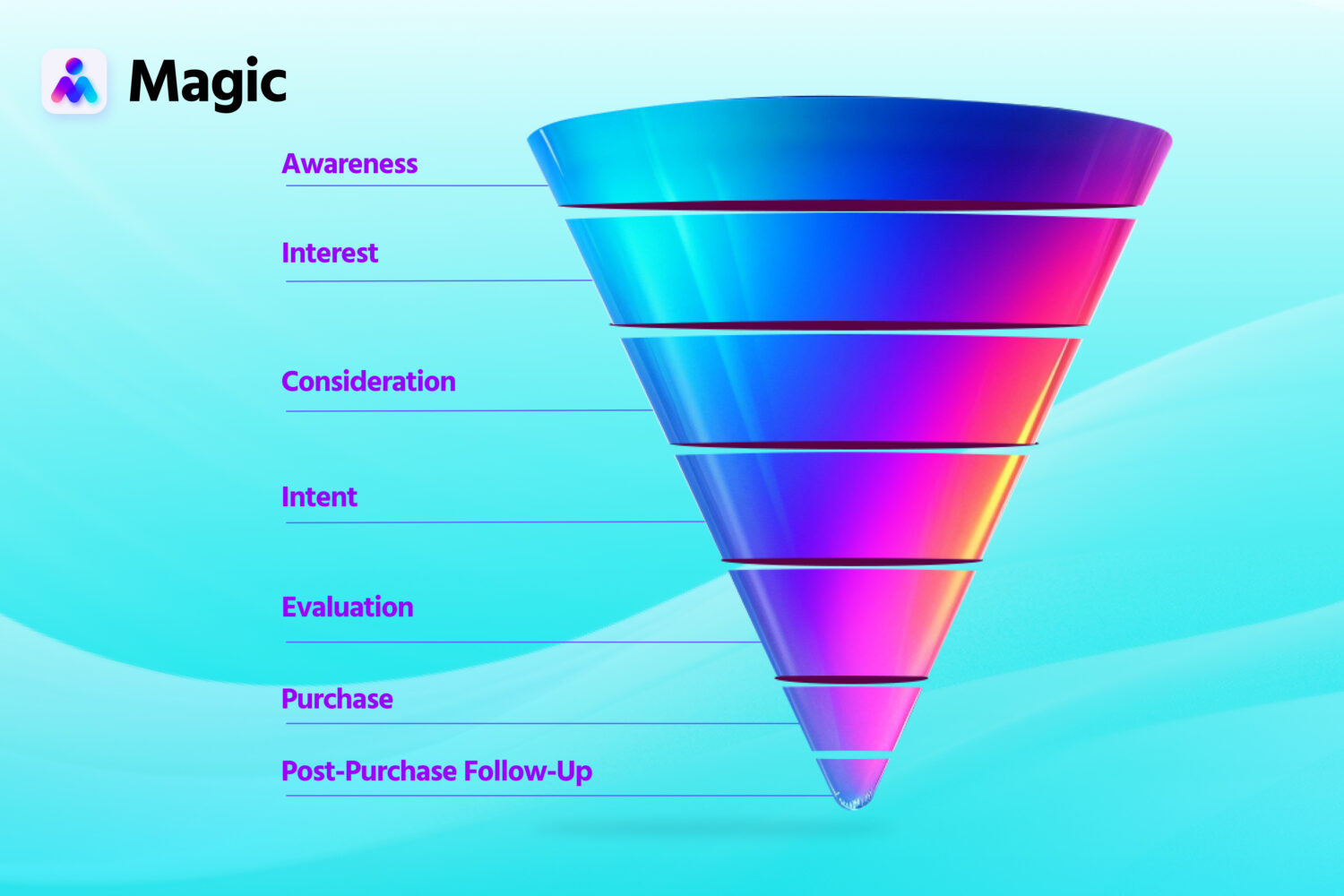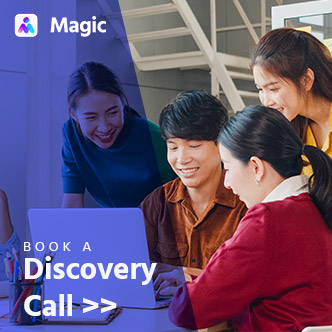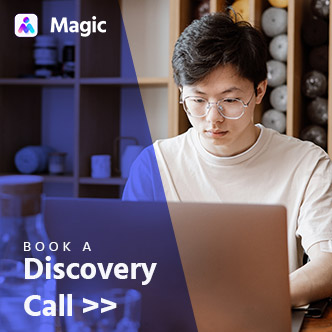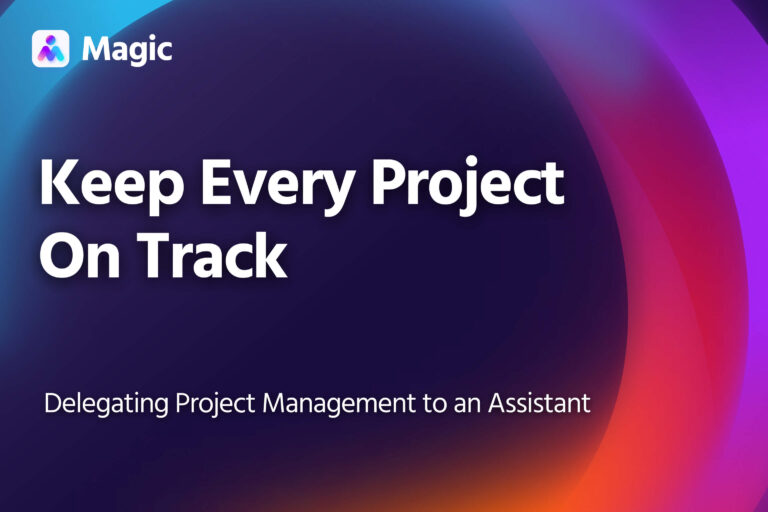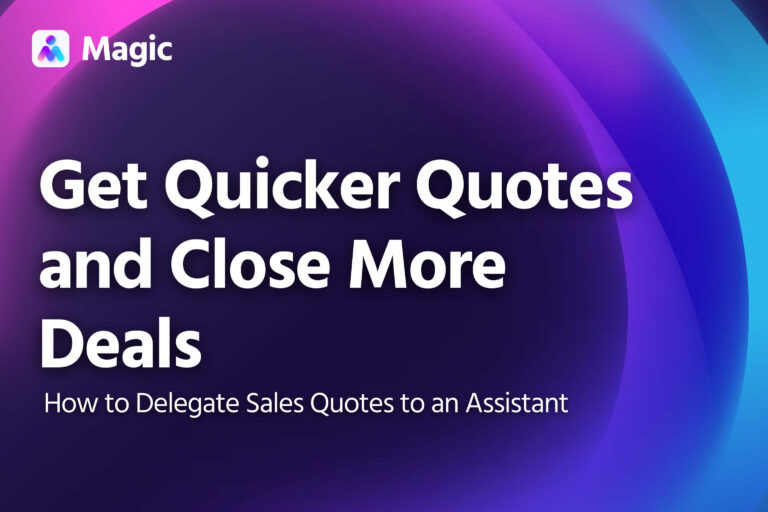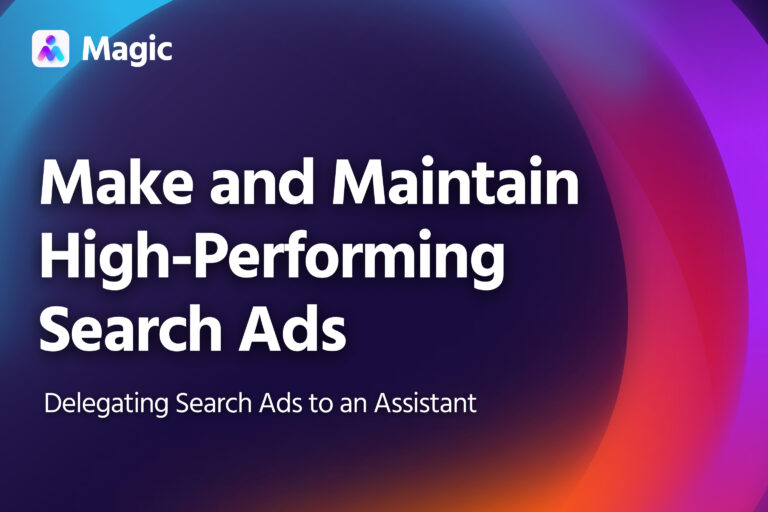To market your product effectively, you must first understand sales, especially the sales funnel process. In essence, the sales funnel visually represents how prospects move through different stages before becoming paying customers.
By understanding the sales funnel stages and the specific purpose they each serve, you can better convert leads into loyal customers. Let’s delve into it so you can effectively build a sales funnel that will drive your revenue and business growth.
- The sales funnel is essential for effective sales and marketing efforts as it guides prospects in becoming actual customers.
- Each sales funnel stage serves a specific purpose, from creating awareness to fostering loyalty and repeat business.
- The sales funnel process is dynamic, so you should regularly review and refine it based on customer feedback and performance data.
What is a Sales Funnel?
A sales funnel outlines the various stages a potential customer goes through before making a purchase. It guides prospects through the buying process and nurtures them into becoming brand ambassadors.
This concept represents the journey from a wide pool of prospects (top of the funnel leads) to a narrowed-down group of actual customers (bottom of the funnel). By breaking down the customer journey into stages, you can tailor your campaign strategies to address prospects’ unique needs and concerns at each phase.
Understanding the 7 Sales Funnel Stages
Each stage in the sales funnel process serves a specific purpose. Getting a good grasp of these stages is crucial for optimizing sales and marketing efforts and maximizing revenue generation. Here are the seven sales funnel stages that make up your path to success:
Stage 1: Awareness
At the top of the sales funnel is the awareness stage, where leads learn about your brand, product, or service. It can happen through different channels, such as social media, content marketing, advertising, or word-of-mouth.
The goal here is to generate interest and capture the attention of a broad audience. For instance, you run targeted social media ads that showcase your products or partner with influencers to endorse your brand.
Stage 2: Interest
In the interest stage, prospects are now interested in what your business offers, so they look for more information about it. They might explore your website, subscribe to your newsletter, or engage with your content.
Among the sales funnel stages, providing valuable and relevant information in the interest stage is crucial to pique their curiosity further. So, you should tailor your content or message based on the interests and behaviors of your leads.
Stage 3: Consideration
At the consideration stage, prospects assess if they will choose your product against alternatives. So, you need to provide persuasive content that highlights your unique selling points and addresses any concerns.
Prospective customers may compare features, read reviews, and seek recommendations from peers. In this stage, you can offer comparative content, case studies, interactive demos, or free webinars to help them decide.
Stage 4: Intent
Prospective customers plan on buying your product in the intent stage. They might add items to their shopping cart, sign up for a free trial, or request a quote. Providing excellent customer service is crucial at this point in the sales funnel process.
Instant support, such as live chat and customer self-service options, can push hesitant leads toward making a decision. You will also need to provide landing pages with clear call-to-action (CTA) to make it easy for potential customers to take the next step.
Stage 5: Evaluation
During the evaluation stage, your prospects are finalizing their decision. They may be comparing prices, exploring additional offers, or seeking last-minute information before making a final choice.
Transparency and reassurance are a must at this stage to help prospects make informed decisions. You can practice these by clearly displaying pricing information and breakdowns and showcasing social proof to ease doubt.
Stage 6: Purchase
In the purchase stage, the prospect finally becomes a customer by completing the transaction. This stage requires a seamless checkout process and a positive customer experience to encourage repeat business and foster brand loyalty.
Stage 7: Post-Purchase Follow-Up
The sales funnel continues well after buying. The post-purchase follow-up stage focuses on nurturing the customer relationship and encouraging loyalty. It’s where customer care shines as you aim to go the extra mile.
By following up, customers may not only buy again but also refer you to others. It involves sending thank-you emails and providing after-sales support. You can also cross-sell and upsell by offering personalized recommendations based on their previous purchases.
At this stage, you can also gather feedback through surveys for customer satisfaction metrics and sales analytics.
5 Tips on How to Build a Sales Funnel
Building a sales funnel requires careful planning, strategic execution, and a thorough understanding of customer needs. Here are some tips to help you create a sales funnel that effectively converts leads into loyal customers:
Understand Your Target Audience
To build a sales funnel that meets your target audience’s needs, you must understand their preferences and pain points. Create buyer personas to represent your ideal customers, which you can use for your sales and marketing strategies.
Integrate Sales Tools and CRM Systems
The right sales tools and customer relationship management (CRM) systems can streamline your sales funnel process. You can use them to automate tasks, track customer interactions, and get insights for better decision-making.
Utilize A/B Testing
With A/B testing, you can make different versions of your marketing materials (e.g., landing pages, emails, or ads) and test them on different groups of people. By doing this, you can figure out which strategies work best for each sales funnel stage.
Monitor and Analyze Funnel Performance
Keep track of key performance indicators (KPIs) such as conversion rates, bounce rates, and customer retention to gauge the effectiveness of your sales process. Assess the data to find what you can improve and optimize accordingly.
Outsource Your Sales Funnel Process
If your resources are limited or you’re rapidly scaling up, consider an outsourced sales team to offload parts of your sales process and focus on your core functions. It gives you access to specialized skills and knowledge to build and manage an effective sales funnel.
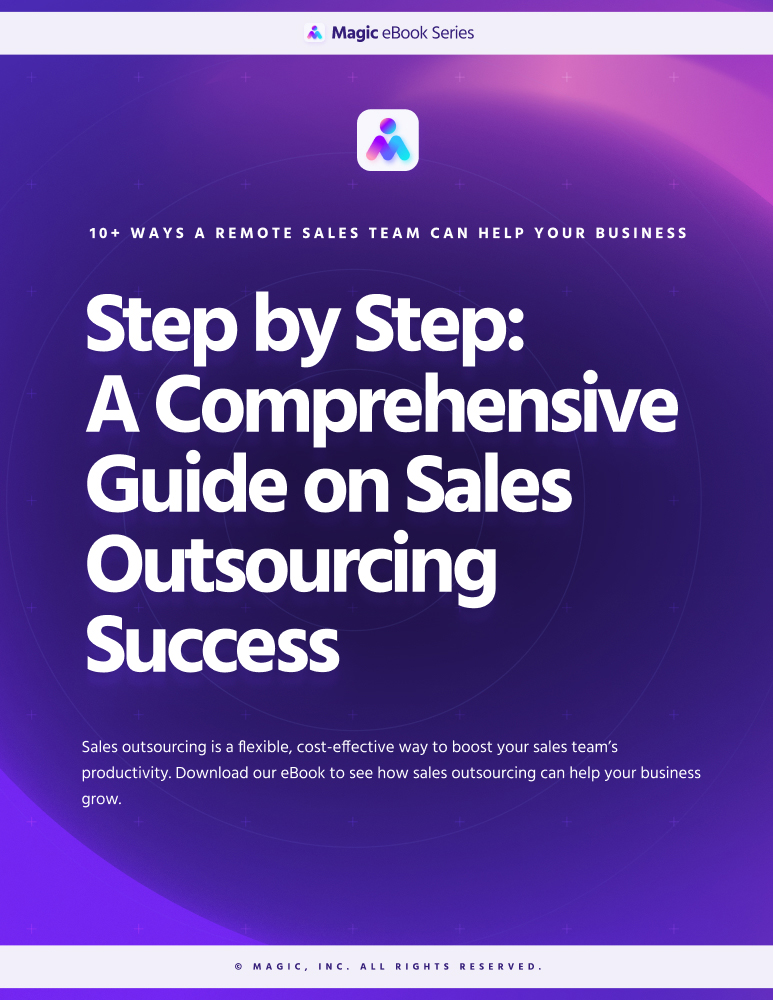
In our sales outsourcing eBook, we explain exactly how a remote sales team can help you grow your business.
Learn More
Creating a Robust Sales Funnel with Magic
The sales funnel process is always evolving. So, you need to continuously review and refine your funnel based on customer feedback, changing market trends, and performance data to ensure ongoing success.
Get all the help you need in building a sales funnel with Magic. We provide a skilled and flexible remote team to augment your internal team and ramp up your productivity. Onboard a virtual sales assistant or an entire sales team into your workflow in less than a week!
Magic’s sales outsourcing team can handle various tasks, from lead generation and CRM management to follow-ups and invoicing support. Book a call with us now to learn more!

